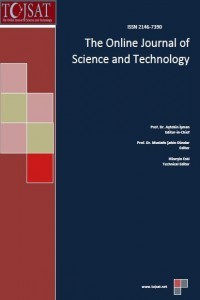Noraida A. Ghani, Mohd. Kamal Mohd. Nawawi, Ruzelan Khalid, Luthful A. KAWSAR, Anton A. Kamil, Adli Mustafa
Comparison of discrete simulation models’ results in evaluating the performances of M/G/C/C networks
Comparison of discrete simulation models’ results in evaluating the performances of M/G/C/C networks
An M/G/C/C queuing network is a useful tool for modeling entity congestion. However, since its service rates is dependent on the number of entities (e.g. pedestrians, vehicles, etc.) in its system, direct modeling of such dynamic rates is difficult to be implemented in any modern Discrete Simulation System (DES) software. We designed an approach to cater this constraint and implemented it in Arena software to evaluate various performances of the M/G/C/C network. Using the models, we have compared their results with analytical results and the results of Cruz, Smith and Medeiros (2005)’s simulation models on the impacts of various arrival rates to the throughput, the blocking probability, the expected service time and the expected number of entities in a single and complex network topologies. Results indicated that there are very small discrepancies between the two DES models. Detail results on how close our simulation results and theirs have been documented and discussed
- ISSN: 2146-7390
- Başlangıç: 2011
- Yayıncı: The association of science, education and technology
Sayıdaki Diğer Makaleler
Emissions trading in financial statements: new Italian accounting standards
MODELING AND RHEOLOGICAL CHARACTERIZATION OF SLUDGE BASED DRILLING OIL
Abderrahmane MELLAK, Khaled BENYOUNES
Disaster Management and Disaster Preparedness: Examples of Practices in California and Turkey
Hilal KAYA, Abdullah ÇAVUŞOĞLU, Baha ŞEN, Elif ÇALIK
Temperature Control in an Industrial SO2 Converter
Chaouki Bendjaoouahdou, Mohamed Hadi Bendjaouahdou
Noraida A. Ghani, Mohd. Kamal Mohd. Nawawi, Ruzelan Khalid, Luthful A. KAWSAR, Anton A. Kamil, Adli Mustafa
Transverse Thermal Dispersion in Porous Media Under Oscillating Flow
